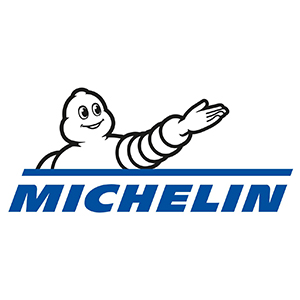How to turn learning materials into a QR code and make activity reference checking easier?
iCrowdNewswire
Oct 01, 2021

Learning materials are highly significant in providing quality education. Hence, it is critical to make them as effective as possible. Educators should thoroughly review the contents and include valuable links or reading references to guide students.
Placing all the necessary content, like a video or PDF, could be a challenge to educators. Usually, educators resorted to pasting the links instead of the actual files. However, using just links often lead to errors due to broken links. Copying links from the source and pasting them on learning modules may result in broken links.
Integrating technology as a learning tool leads to more effective learning. As we advance in this changing world, we need to innovate our means to cope up. The use of QR codes becomes a promising tool in overcoming any challenges in creating learning materials. Learn how to turn learning materials into a QR code and make activity reference checking easier.
Brief Introduction to QR Codes
A Quick Response (QR) code is a form of advanced bar code scannable through the smartphone’s camera. QR codes are simple to use, versatile, and work on a variety of smartphone platforms. This technology can embed different file types and gives a digital dimension to both offline and online content.
Using QR codes is an effective solution for adding multiple references into learning materials efficiently and simply. The technology can eliminate the hassle of educators.
How to turn learning materials into QR codes?
It’s simple to incorporate learning materials into QR codes. First, you need to open an online QR code generator with logo and sign up for an account. Once login, choose from the solutions ( URL, File, Text, etc.) the type of QR code you want to generate. Next, enter the necessary data. Then click generate when all the information is ready. You can now start customizing the QR code’s design. Proceed in saving your QR code. As quick as six steps, you can now turn your learning materials into QR codes.
Application of QR codes in Learning Materials
Checking the reference for the activities is now easier with the integration of QR codes. Students will point their cameras on the QR Codes and instantly access the activities or other contents.
Here are some ideas for applying QR codes in learning materials:
- Turning video files into QR codes
Videos are ideal references for visual learners. Attaching videos on printed learning materials is not possible. While giving the learners a link is also risky. Using an efficient QR code generator, you can turn any video file into a QR code. You can either encode a link from the website source or upload a video from your folder.
Learners do not need to manually type the URL into their phone, by scanning the QR code with their smartphone will immediately redirect them to the video file.
- QR codes with PDF reading references
As much as possible, educators need to include reading references into the learning modules. However, placing them means extra pages. With the use of a PDF QR code, educators will be able to integrate a PDF file into the learning materials without adding more pages. A small image of the QR code is enough to incorporate PDF reading materials.
- Embed a URL into a QR code
URL is the most commonly used in modules. The use of URLs is simple and easy. Although, it is time-consuming and prone to errors. Embedding these URLs into QR codes is an excellent solution to access the link immediately with no trouble. You may put links from reliable websites or links for Google drives and classrooms.
- QR codes with an audio file
Aside from videos, PDF, and URLs, you can also put an MP3 file into a QR code. This audio file can be a lesson recording, a podcast, or a song, and any helpful audio materials. With the use of QR codes, you allow your learners to access audio files conveniently.
Conclusion:
Effective learning comes from integrating technology as a learning tool. With the right technology, educators can provide more content into the learning materials. It’s no secret that the use of QR codes can make activity reference checking easier.
By integrating the use of a QR code generator with a logo online, educators can improve their student’s learning experiences and enhance the overall quality of education.


